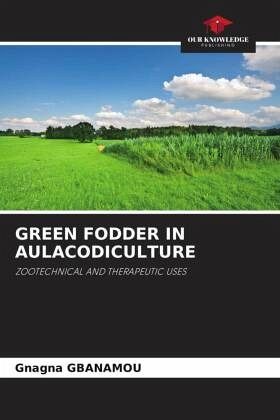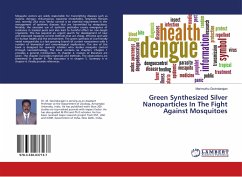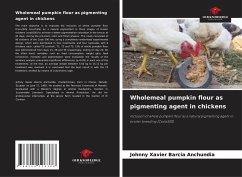
GREEN FODDER IN AULACODICULTURE
ZOOTECHNICAL AND THERAPEUTIC USES
Versandkostenfrei!
Versandfertig in 6-10 Tagen
29,99 €
inkl. MwSt.

PAYBACK Punkte
15 °P sammeln!
Research on the zootechnical and therapeutic uses of green fodder in aulacodiculture is the result of a long and fruitful collaboration between researchers and several social components (hunters, herders, traditional therapists, farmers, water and forestry agents, etc.) in Forest Guinea. For its implementation, six villages (Gouecké, Yalenzou, Moata, Bounouma, Ziéla and Wéyaféro) located in three prefectures (N'Zérékoré, Lola and Macenta) were criss-crossed during the period from June to December 2018. Encountered in savannahs, dense forests and anthropic formations, 52 plant species be...
Research on the zootechnical and therapeutic uses of green fodder in aulacodiculture is the result of a long and fruitful collaboration between researchers and several social components (hunters, herders, traditional therapists, farmers, water and forestry agents, etc.) in Forest Guinea. For its implementation, six villages (Gouecké, Yalenzou, Moata, Bounouma, Ziéla and Wéyaféro) located in three prefectures (N'Zérékoré, Lola and Macenta) were criss-crossed during the period from June to December 2018. Encountered in savannahs, dense forests and anthropic formations, 52 plant species belonging to 21 families were inventoried as well as their different known zootechnical and therapeutic values. Investigations revealed that these plants can relieve or treat more than 80 diseases. Arranged in alphabetical order of family, genus and species, these plants are described, mentioning the different habitats and their known uses. The information collected forms the basis of studies for future editions on the chemical composition of the plants, the rates of incorporation in food rations, etc.












